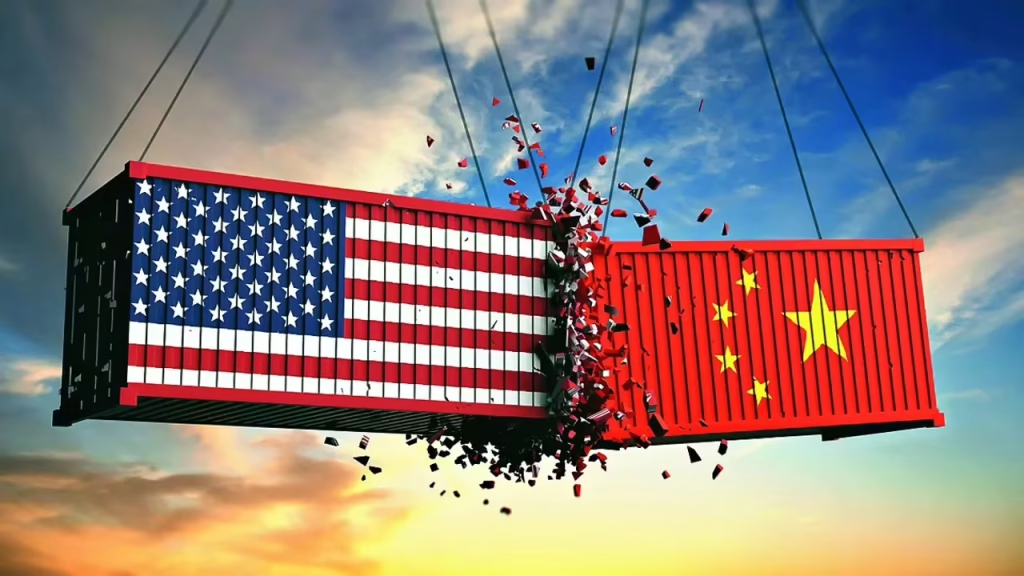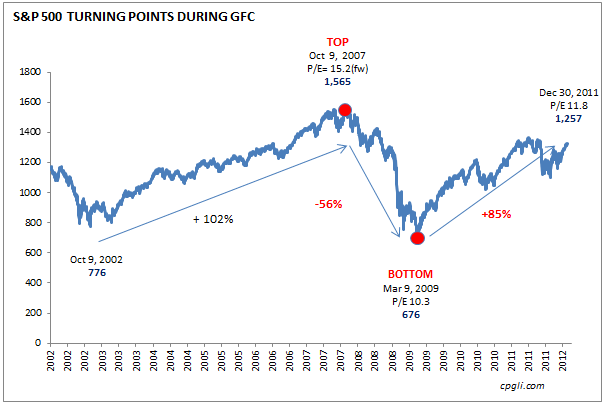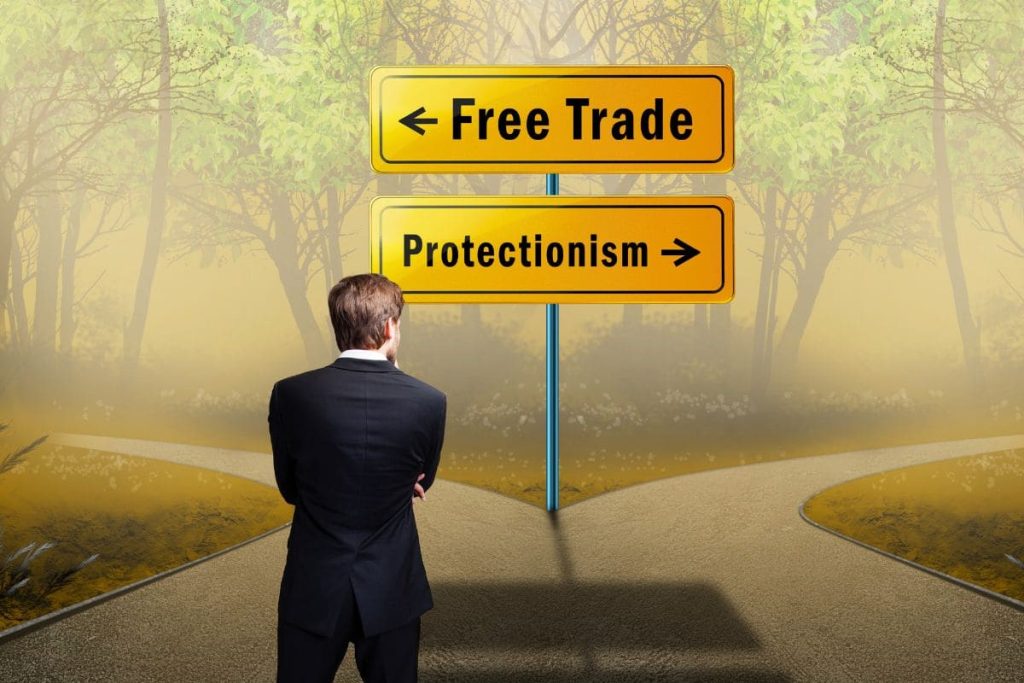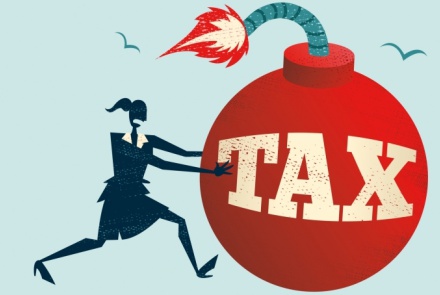
Every time two major countries clash over trade, news headlines scream “TARIFF WAR!” or “EXPORT CRISIS!” For many small and local businesses, it sounds like a threat. But is it always a bad thing? Or can trade wars actually open new doors for local brands?
Let’s break down the facts and clear up the myths.
🔍 Myth #1: Trade wars only hurt exporters.
✅ Fact: Some local exporters gain market share when big players are locked out.
When major suppliers from one country are hit with tariffs, buyers often look for alternative sources. That’s where smaller exporters can step in.
Example: During the US–China trade war, Southeast Asian exporters saw a surge in demand for products like furniture, textiles, and electronics—simply because Chinese suppliers became more expensive.
🔍 Myth #2: Tariffs always raise prices for everyone.
✅ Fact: Tariffs raise prices on specific routes, but not always for buyers who switch suppliers.
Yes, tariffs increase the cost of goods coming from certain countries. But smart importers quickly shift to new suppliers—often from countries like yours—who aren’t affected by those tariffs.
This can give local exporters a price advantage, even if their product wasn’t the first choice before.
🔍 Myth #3: Local brands can’t compete in a trade war.
✅ Fact: Trade tension levels the playing field—for a while.
When larger competitors lose their price edge due to tariffs, local brands with competitive pricing and faster delivery can grab attention. Trade wars can act like a market “reset,” creating chances for emerging exporters.
But it’s important to move fast—these windows of opportunity don’t last forever.
🔍 Myth #4: You can ignore trade wars if you’re a small business.
✅ Fact: Even small exporters must adapt to shifts in trade policy.
Changes in global tariffs can impact:
- Raw material prices
- Shipping routes
- Customs delays
So staying updated isn’t optional—it’s part of surviving and thriving in global trade.
🔍 Myth #5: Trade wars are long-term opportunities.
✅ Fact: Most trade advantages are temporary, so agility is key.
Governments can lift or replace tariffs quickly. If your strategy is built only around “tariff advantage,” you could lose out when the winds shift.
That’s why local brands should:
- Use the momentum to build brand loyalty
- Strengthen relationships with new buyers
- Improve product quality and consistency for long-term trust
Conclusion
Trade wars and tariffs are often seen as pure risk—but for local exporters with the right strategy, they can be a rare window of opportunity. The key is to move fast, adapt smart, and turn disruption into growth.














